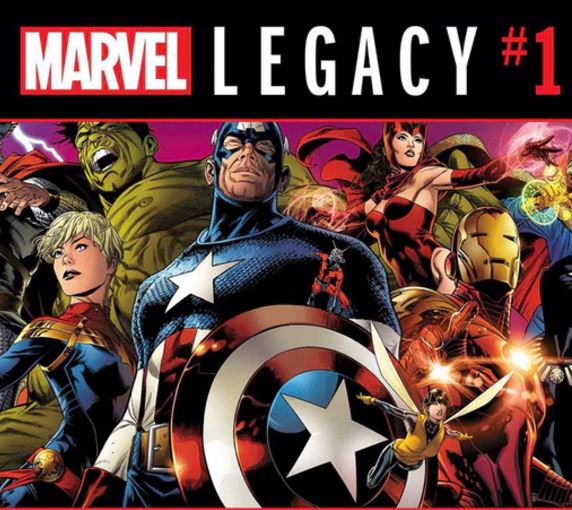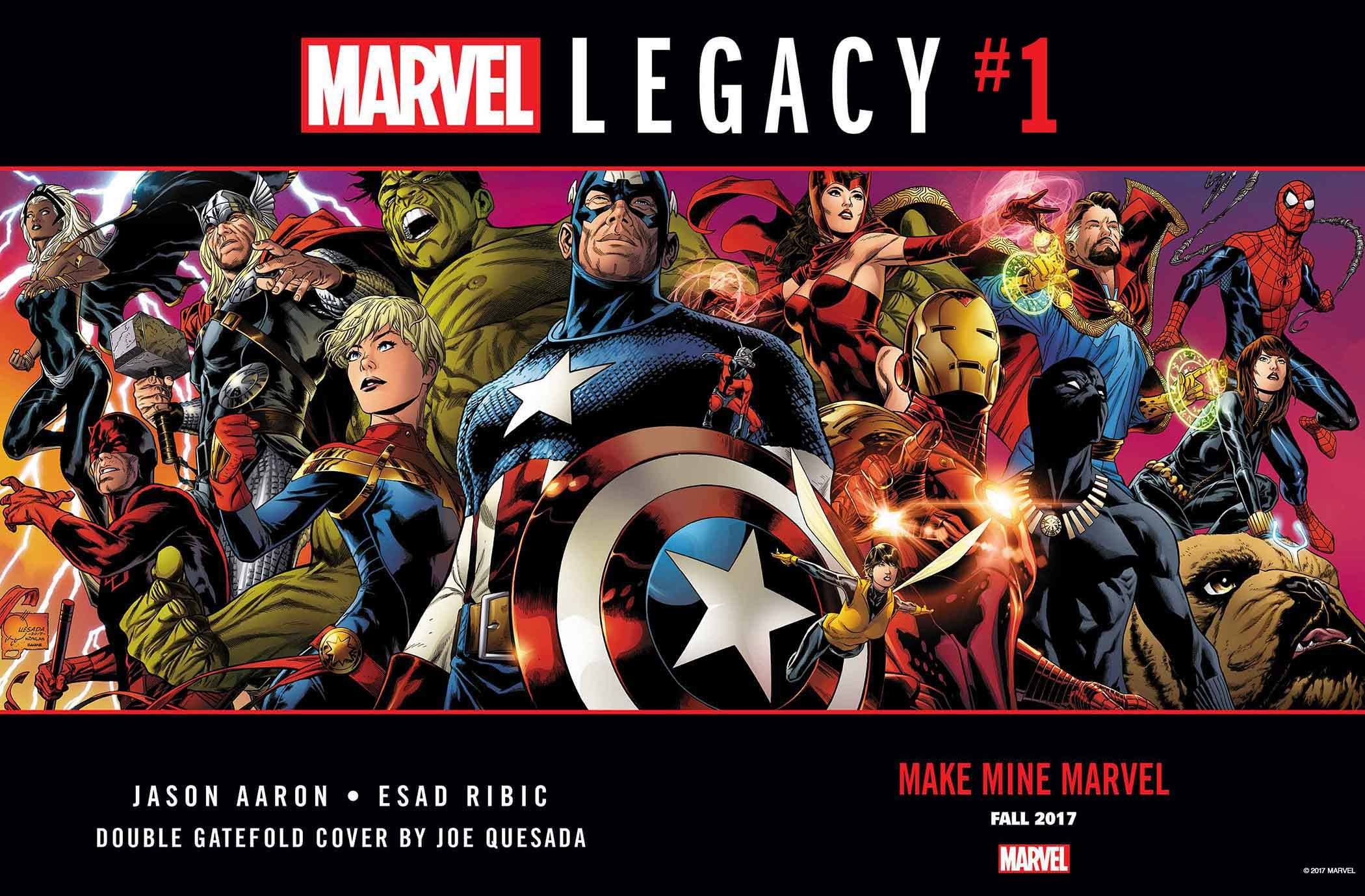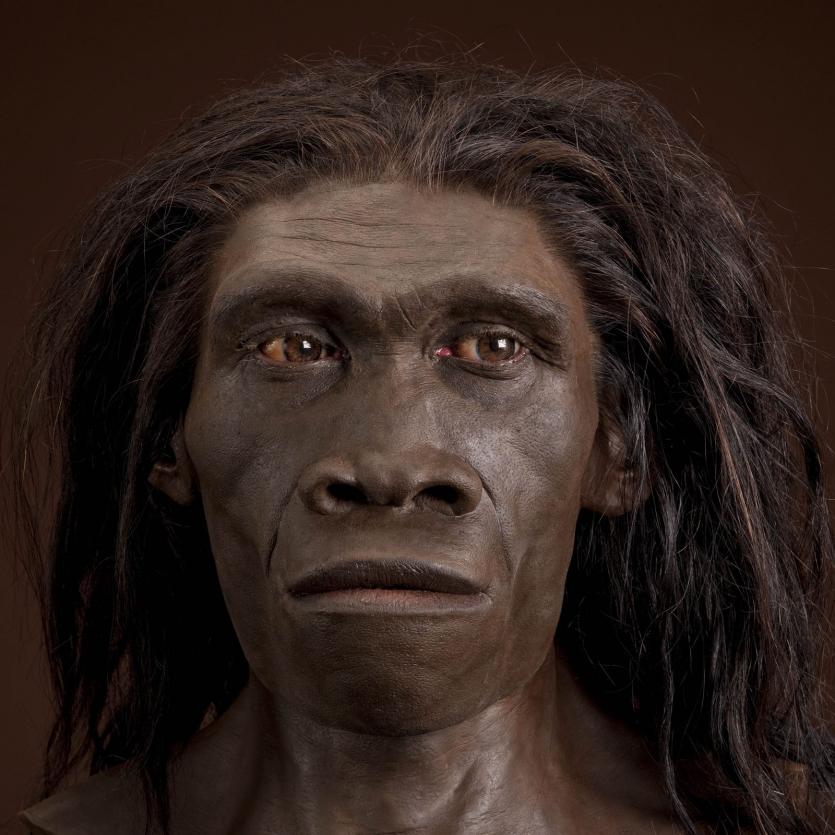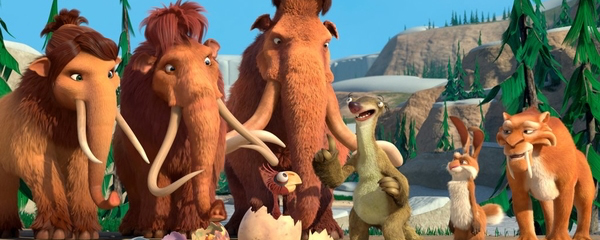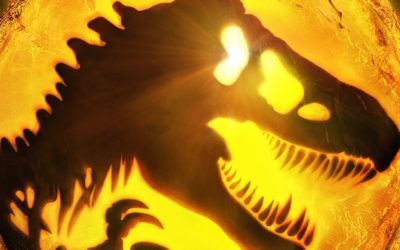The Avengers of 1,000,000 BC will be introduced in Marvel Legacy #1.
The group of heroes will be made up of Odin (Thor’s dad), Iron Fist (mystical/legacy), Star Brand (cosmic), Ghost Rider (supernatural), Phoenix (cosmic), Agamotto (supernatural) and Black Panther (mystical/legacy).
But what and who was around, and what needed Avenging a million + years ago?
For one thing, it wasn’t like this:
Who was around one million years ago, and what was the world like? Let’s dig in.
The “People” of One Million, B.C.
Let’s start with human beings. Homo sapiens. Us.
A million years ago?
Nope. “We” weren’t around as modern human beings. Homo sapiens split off into their own species somewhere between 200,000 and 100,000 years ago.
Let’s talk some evolution – somewhere between ten and seven-ish million years ago, the last common ancestor of humans and chimpanzees existed, and the line split there. Chimpanzees and bonobos ended up from one branch (referred to as Pan), and we’re the only surviving species of the other branch, which is called Hominin. Along with us, other species that were at one time on our branch included Neanderthals, Denisovans, Homo erectus, Homo habilis, and more. Most of those other branches we know went extinct, some, like Neanderthal, hung around long enough to interbreed with humans before dying out, and some Hominin lines – we just don’t know what happened, but they’re not here now.
This detangling of the threads of the Hominin line is the fields of science known as paleoanthropology.
A million years back – who was around?
Looking back at ancestors to humans means looking at the fossil record, and while there are fossils enough to draw a rough timeline, the exact dates of when specific species arose and went extinct will always be a little…approximate.
The most likely candidates of human ancestor around one million years ago would be Homo erectus (“upright man”) and Homo ergaster (“working man”) , which arose about two million years ago and finally went extinct around 143,000 years ago. Erectus/ergaster are thought to be the first early humans that ate large amounts of meat, used fire to prepare food, cared for their old and young, had larger brains than earlier pre-human humans, used tools, hunted game cooperatively, lived completely on land, and had adapted to running distances. Whether erectus/ergaster had a language is still debated/ They would have been able to make sounds, but as for attaching sounds to objects and giving certain sounds meaning? More research is needed.
The species (which are thought to be closely related or possibly, the same species – more research and samples are needed) stood about six feet tall and lived mostly in southern and eastern Africa, and migrated throughout modern day Asia and extreme southeastern Europe.
Population wise, though, one million years ago, the world was sparse in terms of pre-humans, or – Homo erectus. A study published in the Proceedings of the National Academy of Science in 2010 said that for a period starting 1.2 million years ago and lasting on million years, the “human” population was probably between 18,500 – 26,000 individuals. That’s a small number.
No, seriously small.
Let’s put that in some context: there are about 25,000 gorillas left on the planet capable of reproducing and continuing the species. There are about 21,000 chimpanzees of the same. Those two species are listed as endangered. Homo erectus – quite possibly the only living ancestors of humans walking the earth one million years ago, wipe them out and there are no humans, were down to a number that would fill less than a third of Heinz Field in Pittsburgh. Heck, 45,436 people saw U2’s kickoff to its Joshua Tree tour in Vancouver in May.
That’s a small group of pre-humans that need to survive.
That must survive if modern humans are going to show up.
The Avengers of 1,000,000 BC are going to have a tough time helping the human ancestors survive so that Captain American, Iron Man, Thor and the Hulk can one day form the modern-day Avengers.
The World of One Million B.C.
One million years ago, the world was smack in the middle of the Pleistocene, a little more commonly known as the Ice Age. Continental drift had deposited the modern-day continents close to where they are today, but these continents were continuously being covered and recovered with repeated periods of glaciation. The ice extended down as far as the 40th parallel in the northern hemisphere (covering roughly all of Europe and into the Mediterranean, the northern half of China, and the northern half of the United States), while the effects in the southern hemisphere would have included glaciers in New Zealand, the Andes covered by ice, and glaciers in the mountains of Ethiopia and on Mt. Kilimanjaro and Mt. Kenya in Africa.
The Wildlife of 1,000,000 B.C.
You’ve probably seen the movies, so you should know – megafauna including woolly mammoths, giant sloths, saber-toothed cats (and yes, panthers), and mastodons were having their day one million years ago. Flying birds (some giants) were thriving and developing, as were modern-day reptiles. Dinosaurs were gone – they’d taken their final bow more than 60 million years prior to the Pleistocene at the end of the Cretaceous Period. But again – this is the Marvel Earth that we’re talking about so pockets of dinosaurs survived in places like the Savage Land.
Vegetation was sparse during the Pleistocene – not many lush, planet-wide forests as the cooler air and climate change limited what could grow and were.
All told – earth of 1,000,000 BC will look more like an alien planet than our modern day home. Mix a group like the heroes named above in with that – and you’ve got an interesting story.
The 50-page Marvel Legacy #1, written by Jason Aaron with art by Esad Ribic, will hit comic shops and Comixology in September.
One last thing – 1,000,000 BC. The notation of “BC” of course stands for “before Christ,” referring to a “break” in human history that happened with the alleged birth of Jesus. Time was “started” again with the birth serving as a pin stuck in the timeline. Anything after Jesus’ birth was “AD,” short for anno Domini” or “in the year of the Lord.”
Speaking scientifically, BC and AD fell out of fashion in academics, and currently times are referred to as BCE (before common era) and CE (common era). Roughly the distinction is the same – BCE is pretty much analogous to BC and CE is analogous to AD. There’s a whole story behind it that we’re not going to get into here, but the history of how we keep track of time, and the arbitrary nature of our year count (is this really 2017? Really?) makes for some very interesting reading. Check some resources out here and here.


